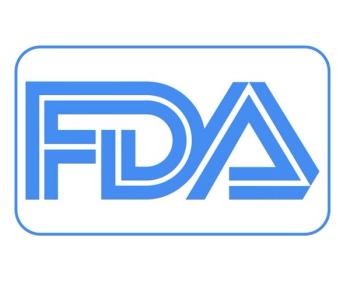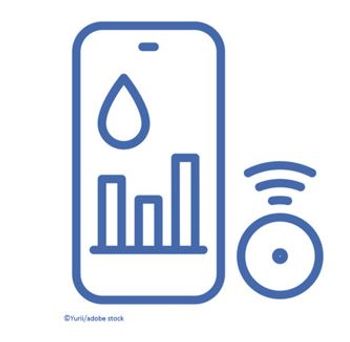
FDA Clears Fitbit Algorithm to Detect Atrial Fibrillation
The FDA clearance for the FitBit algorithm will provide another widely tested tool for patient and clinicians to help identify arrhythmias earlier and avoid severe cardiocerebrovascular events.
FitBit today received clearance from the US Food and Drug Administration (FDA) for its photoplethysmography-(PPG) based algorithm to detect
The algorithm, the
The agency’s clearance was based on results from the landmark 2020
As reported then on
Given that Afib presentation can be sporadic, optimal screening is through technology that continues to track heart rate and rhythm when the body is in a resting state, according to the statement. The device's 24/7 heart rate tracking potentially shortens time to arrhythmia identification with consistent long-term rhythm assessment.
Meanwhile, a spot-check approach with the FitBit’s ECG app allows wearers to proactively screen themselves for AF and share ECG tracings with health care providers.
FitBit Heart Study lead author Steven Lubitz, MD, associate professor of medicine at Harvard Medical School and cardiac electrophysiologist at Massachusetts General Hospital,
During the study, Lubitz explained, “most of the episodes of undiagnosed atrial fibrillation detected occurred during sleep, and we suspect that these episodes were asymptomatic. Since the algorithm is most active when wearers are physically inactive, the wearable should be worn during sleep for the greatest benefits.”
Irregular heart rhythm detection occurred in 1% of Fitbit Heart Study participants overall and in 4% of those aged ≥65 years, according to the study. Lubitz and colleagues reported that 32.3% of participants with IHRD detection who after submitting ECG readings had confirmed AF. Those with confirmed AF had a median AF burden of 7%.
“The Fitbit PPG-based algorithm and Irregular Heart Rhythm Notifications feature will soon be available to consumers in the U.S. across a range of heart-rate enabled devices,” the company says.
Newsletter
Enhance your clinical practice with the Patient Care newsletter, offering the latest evidence-based guidelines, diagnostic insights, and treatment strategies for primary care physicians.



















































































































































































































































































